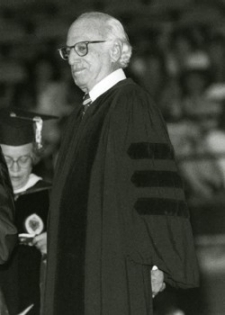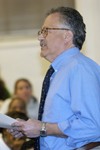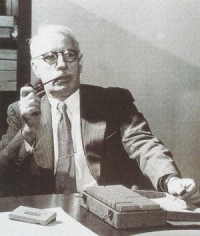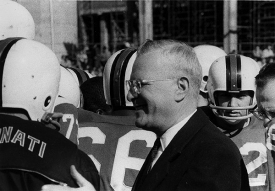Richard Weis
Love for history
I was not looking forward to taking American History, but I had to, so I signed up anyway. From my first night of class I knew that I would love Weis' class. His lectures were like watching it on television. He told stories, he didn't just lecture. Turns out, I love history! Who knew? Even better, I retained so much from this class due to the great stories he told. My only regret is that I waited so long to take American History. I would have taken as many classes as possible from him. When I think back on my time at UC I had many great teachers, but that one class always stands out to me. Weis obviously loved his work, and it showed in every class.
Melanie Slack, Cler '07
Palm Bay, Fla.
Connie Ragiel
'Honest and down-to-earth'
Connie Ragiel taught several grad courses when I was working on my MSN in psychiatric nursing in the early 80's. She was the first person I encountered at UC who spoke in an honest, down-to-earth manner, addressing subjects and issues at UC and in psychiatric nursing frankly, warts and all.
She was very dedicated to patient care and looked at all other aspects of psychiatric nursing from the perspective of the patient. She "walked the talk", helping start a mental health clinic that took services to the homeless, engaging them on the street in order to make sure that care reached all who needed it.
She embodied compassion and passion. I enjoyed our discussions and appreciated her ability to get one to see each issue from a new perspective, no matter how experienced or knowedgable that person might already have been. Connie was an inspiration and I now seek to carry on her tradition with my own nursing students.
Ed Herzog, MSN '83
Northfield, Ohio






